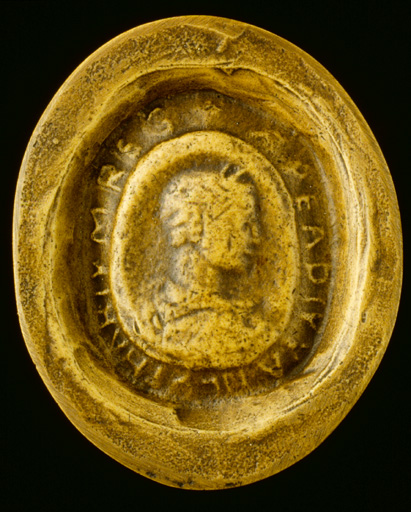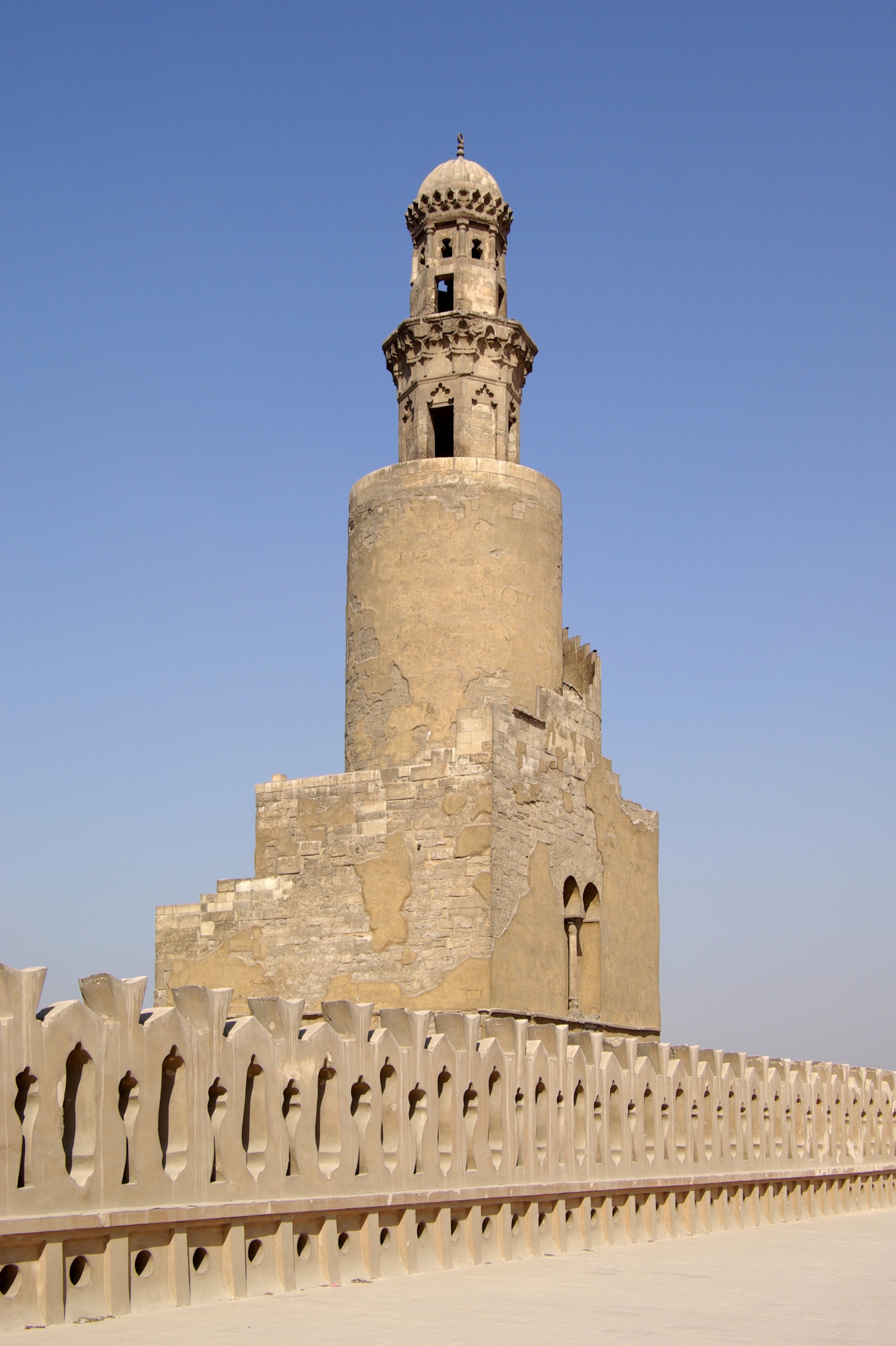|
835 Deaths
__NOTOC__ Year 835 (Roman numerals, DCCCXXXV) was a common year starting on Friday of the Julian Calendar. Events By place Europe * Ragnar Lodbrok, a Norse Vikings, Viking ruler, rises to power. He becomes the scourge of France and England (approximate date). * Vikings raid Ireland on the Kingdom of Munster, at Inis Cathaigh. Britain * Danish Viking raiders ally with the Cornish people, Cornish, against the rule of Ecgberht, King of Wessex (approximate date). * The Isle of Sheppey (off the northern coast of Kingdom of Kent, Kent) is attacked by Vikings. China * December 14 – Sweet Dew Incident: Emperor Wenzong of Tang plots to free the court from the influence of his palace eunuchs. In the northeast sector of the capital, Chang'an, after the failure of the emperor's chancellor Li Zhongyan to subdue the eunuchs' influence, troops under the eunuchs' command slaughter many officials and other associates. By topic Religion * November 1 – Pope Gregory I ... [...More Info...] [...Related Items...] OR: [Wikipedia] [Google] [Baidu] |
Chang'an
Chang'an (; zh, t=長安, s=长安, p=Cháng'ān, first=t) is the traditional name of the city now named Xi'an and was the capital of several Chinese dynasties, ranging from 202 BCE to 907 CE. The site has been inhabited since Neolithic times, during which the Yangshao culture was established in Banpo, in what is now the city's suburbs. Furthermore, in the northern vicinity of modern Xi'an, Qin Shi Huang of the Qin dynasty, China's first emperor, held his imperial court and constructed his massive mausoleum guarded by the Terracotta Army. From its capital at Xianyang, the Qin dynasty ruled a larger area than either of the preceding dynasties. The imperial city of Chang'an during the Han dynasty was located northwest of today's Xi'an. During the Tang dynasty, the area that came to be known as Chang'an included the area inside the Ming Xi'an fortification, plus some small areas to its east and west, and a substantial part of its southern suburbs. Thus, Tang Chang'an was eight t ... [...More Info...] [...Related Items...] OR: [Wikipedia] [Google] [Baidu] |
East Francia
East Francia (Latin: ) or the Kingdom of the East Franks () was a successor state of Charlemagne's empire created in 843 and ruled by the Carolingian dynasty until 911. It was established through the Treaty of Verdun (843) which divided the former empire of Francia into three kingdoms: ''Francia Orientalis'' (the East Frankish kingdom); ''Francia Media'' (the Middle Frankish kingdom); and ''Francia Occidentalis'' (the West Frankish kingdom). The east–west division with the Treaty of Verdun, enforced by the Germanic-Latin language split, "gradually hardened into the establishment of separate kingdoms", with East Francia becoming (or being) the Kingdom of Germany, and West Francia becoming the Kingdom of France. Terminology The term "Francia", land of the Franks (also known as the "Kingdom of the Franks"), was commonly used to refer to the empire. The ruling dynasty was Frankish, although its inhabitants were mostly other non-Frankish Germanic tribes. The Kingdom of Germany ... [...More Info...] [...Related Items...] OR: [Wikipedia] [Google] [Baidu] |
Louis The Younger
Louis the Younger (830/835 – 20 January 882), sometimes called Louis the Saxon or Louis III, was the second eldest of the three sons of Louis the German and Hemma. He succeeded his father as the King of Eastern Francia on 28 August 876 and his elder brother Carloman as King of Bavaria from 879 to 882. He died in 882 and was succeeded in all his territories, which encompassed most of East Francia, by his younger brother, Charles the Fat, already king of Italy and emperor. Military youth As a young man, Louis was deployed in military operations against the Abodrites to the east in 858 and 862. In 854, at the invitation of the nobles of Aquitaine opposed to Charles the Bald and Pepin II, and coaxed by his father and his cousin Charles, Archbishop of Mainz, he crossed into Gaul at the head of an army, intent on receiving the Aquitainian crown. He marched as far as Limoges before turning back. Back home, Louis forged close ties with the nobles of East Francia and became increas ... [...More Info...] [...Related Items...] OR: [Wikipedia] [Google] [Baidu] |
Lotharingia
Lotharingia was a historical region and an early medieval polity that existed during the late Carolingian and early Ottonian era, from the middle of the 9th to the middle of the 10th century. It was established in 855 by the Treaty of Prüm, as a distinctive kingdom within the Carolingian Empire, but abolished already in 869-870 when it was divided by the Treaty of Meerssen. It was territorially reunited in 880 by the Treaty of Ribemont, and reestablished as a kingdom from 895 to 900. Since 903, it was organized as a duchy, that existed up to 959, when it was divided in two distinctive duchies: the Upper Lotharingia (southern half), and the Lower Lotharingia (northern half). The regional name ''Lotharingia'' means, approximately, "the land of Lothair", and was derived from the name of its first ruler, king Lothair II, who received this territory as his share of the Kingdom of Middle Francia. The region comprised present-day Lorraine (France), Luxembourg, parts of modern Ger ... [...More Info...] [...Related Items...] OR: [Wikipedia] [Google] [Baidu] |
Lothair II
Lothair II (835 – 8 August 869) was a Carolingian king and ruler of northern parts of Middle Francia, that came to be known as Lotharingia, reigning there from 855 until his death in 869. He also ruled over Burgundy, holding from 855 just the Upper regions, and from 863 also the Lower Burgundy. He was the second son of Emperor Lothair I and Ermengarde of Tours. He was married to Teutberga (died 875), daughter of Boso the Elder. Reign For political reasons, his father made him marry Teutberga in 855. Just a few days before his death in late autumn of 855, Emperor Lothair I divided his realm of Middle Francia among his three sons, a partition known as Treaty of Prüm. Lothair II received the Middle Francia territory west of the Rhine stretching from the North Sea to the Jura Mountains. It became known as ''Regnum Lotharii'' and early in the 10th century as Lotharingia or Lorraine (a designation subsequently applied only to the Duchy of Lorraine). His elder brother Loui ... [...More Info...] [...Related Items...] OR: [Wikipedia] [Google] [Baidu] |
Guaifer Of Salerno
Guaifer (also ''Guaifar'', ''Waifer'', ''Waifar'', or ''Guaiferio'') (c. 835 – 880) was the Prince of Salerno from 861. The son of Daufer the Mute and grandson of Daufer the Prophet, he was the first of the Dauferidi to sit on the Salernitan throne which his family dominated unobstructed until 977. Guaifer's sister, Adelchisa, had married Sicard of Benevento and when Sicard was assassinated and Radelchis I of Benevento, Radelchis usurped the throne, Guaifer helped release Siconulf, the dead prince's brother, and supported him in his war with Radelchis for the throne, even proclaiming him prince in Salerno. In 851, the great Duchy of Benevento, principality of Benevento was officially divided between Benevento and Salerno by the Emperor Louis II. Siconulf's son and successor fell under the control of Peter of Salerno, Peter, who, in December 853, received Louis's recognition as prince. He was succeeded by his son Adhemar of Salerno, Adhemar, but the latter's rule was unpop ... [...More Info...] [...Related Items...] OR: [Wikipedia] [Google] [Baidu] |
Mathematician
A mathematician is someone who uses an extensive knowledge of mathematics in their work, typically to solve mathematical problems. Mathematicians are concerned with numbers, data, quantity, mathematical structure, structure, space, Mathematical model, models, and mathematics#Calculus and analysis, change. History One of the earliest known mathematicians was Thales of Miletus (); he has been hailed as the first true mathematician and the first known individual to whom a mathematical discovery has been attributed. He is credited with the first use of deductive reasoning applied to geometry, by deriving four corollaries to Thales's theorem. The number of known mathematicians grew when Pythagoras of Samos () established the Pythagorean school, whose doctrine it was that mathematics ruled the universe and whose motto was "All is number". It was the Pythagoreans who coined the term "mathematics", and with whom the study of mathematics for its own sake begins. The first woman math ... [...More Info...] [...Related Items...] OR: [Wikipedia] [Google] [Baidu] |
Ahmad Ibn Yusuf
Abu Ja'far Ahmad ibn Yusuf ibn Ibrahim ibn Tammam al-Siddiq Al-Baghdadi (; 835–912), known in the West by his Latinized name Hametus, was a Muslim Arab mathematician, like his father Yusuf ibn Ibrahim (). Life Ahmad ibn Yusuf was born in Baghdad and moved with his father to Damascus in 839. He later moved to Cairo, but the exact date is unknown: since he was also known as ''al-Misri'', which means ''the Egyptian'', this probably happened at an early age. Eventually, he also died in Cairo. He probably grew up in a strongly intellectual environment: his father worked on Mathematics, Astronomy and Medicine, produced astronomical tables and was a member of a group of scholars. He achieved an important role in Egypt, which was caused by Egypt's relative independence from the Abbasid Caliph. Work In some of the works attributed to Ahmad, it is not clear if the text came from him, his father, or whether they wrote together. It is clear, however, that he worked on a book on ratio an ... [...More Info...] [...Related Items...] OR: [Wikipedia] [Google] [Baidu] |
Ahmad Ibn Tulun
Ahmad ibn Tulun (; c. 20 September 835 – 10 May 884) was the founder of the Tulunid dynasty that ruled Egypt in the Middle Ages, Egypt and Bilad al-Sham, Syria between 868 and 905. Originally a Turkic peoples, Turkic slave-soldier, in 868 Ibn Tulun was sent to Egypt as governor by the Abbasid caliph. Within four years he had established himself as a virtually independent ruler by evicting the caliphal fiscal agent, Abu'l-Hasan Ahmad ibn Muhammad ibn Abdallah ibn al-Mudabbir, Ibn al-Mudabbir, taking over control of Egypt's finances, and establishing a large military force personally loyal to himself. This process was facilitated by the volatile political situation in the Abbasid court and the preoccupation of the Abbasid regent, al-Muwaffaq, with the wars against the Persian Saffarids and the Zanj Rebellion. Ibn Tulun also established an efficient administration in Egypt. After reforms to the tax system, repairs to the irrigation system, and other measures, the annual tax yield g ... [...More Info...] [...Related Items...] OR: [Wikipedia] [Google] [Baidu] |
Francia
The Kingdom of the Franks (), also known as the Frankish Kingdom, or just Francia, was the largest History of the Roman Empire, post-Roman barbarian kingdom in Western Europe. It was ruled by the Franks, Frankish Merovingian dynasty, Merovingian and Carolingian dynasty, Carolingian dynasties during the Early Middle Ages. Francia was among the last surviving Germanic kingdoms from the Migration Period era. Originally, the core Frankish territories inside the former Western Roman Empire were located close to the Rhine and Meuse rivers in the north, but Frankish chiefs such as Chlodio would eventually expand their influence within Roman territory as far as the Somme (river), Somme river in the 5th century. Childeric I, a Salian Franks, Salian Frankish king, was one of several military leaders commanding Roman forces of various ethnic affiliations in the northern part of what is now France. His son, Clovis I, succeeded in unifying most of Gaul under his rule in the 6th century by ... [...More Info...] [...Related Items...] OR: [Wikipedia] [Google] [Baidu] |
All Saints' Day
All Saints' Day, also known as All Hallows' Day, the Feast of All Saints, the Feast of All Hallows, the Solemnity of All Saints, and Hallowmas, is a Christian solemnity celebrated in honour of all the saints of the Church, whether they are known or unknown. From the 4th century, feasts commemorating all Christian martyrs were held in various places, on various dates near Easter and Pentecost. In the 9th century, some churches in the British Isles began holding the commemoration of all saints on 1 November, and in the 9th century this was extended to the whole Catholic Church by Pope Gregory IV. In Western Christianity, it is still celebrated on 1 November by the Western Catholic Church as well as by many Protestant churches, such as the Lutheran, Anglican, and Methodist traditions. The Eastern Orthodox Church and associated Eastern Catholic and Eastern Lutheran churches celebrate it on the first Sunday after Pentecost. The Syro-Malabar Church and the Chaldean Catholic C ... [...More Info...] [...Related Items...] OR: [Wikipedia] [Google] [Baidu] |








